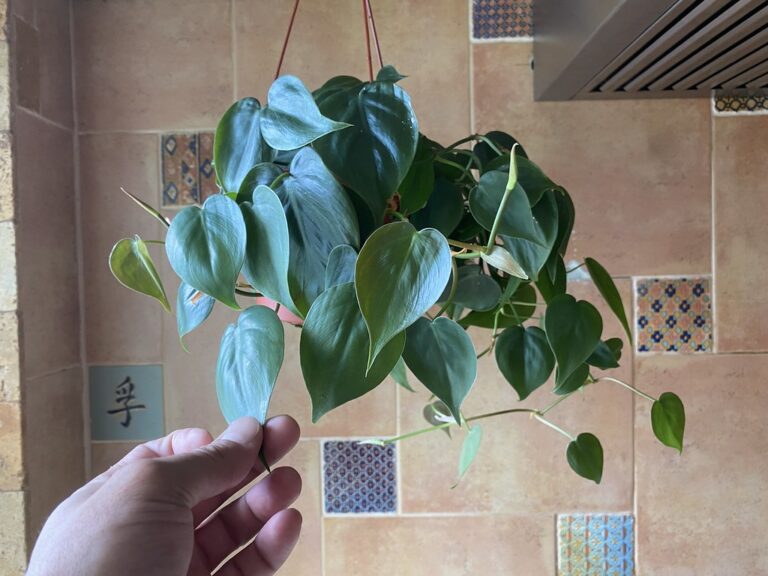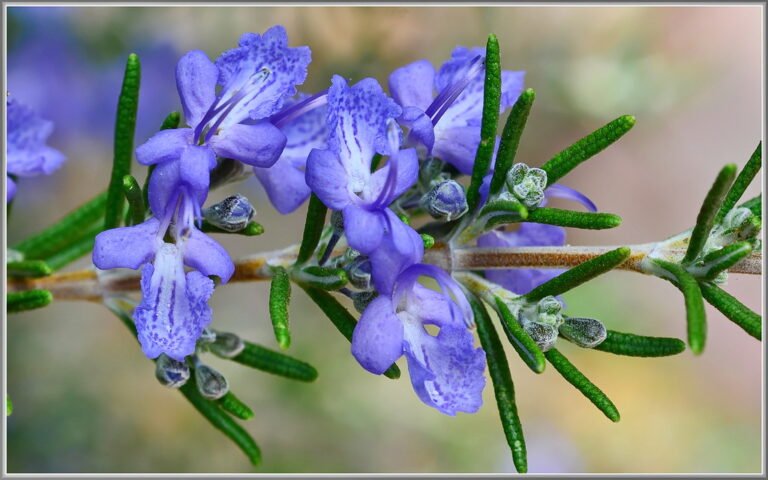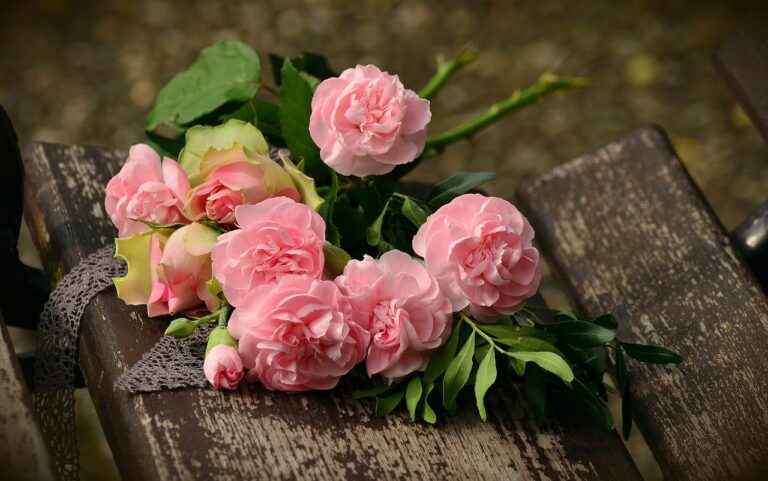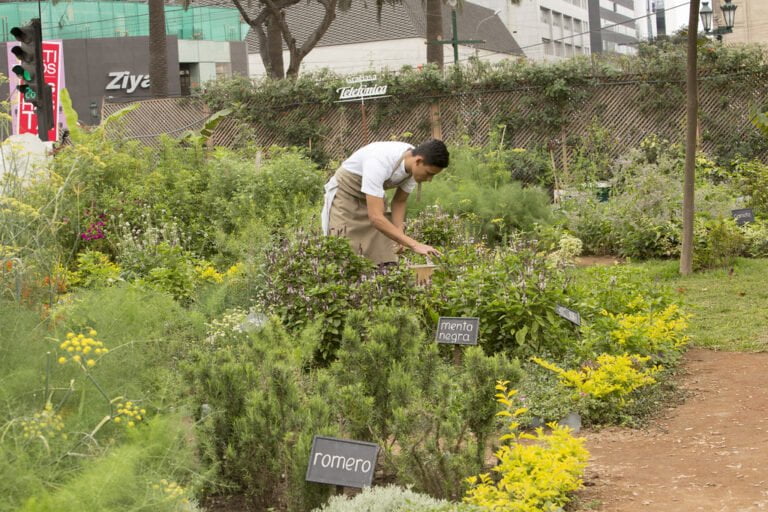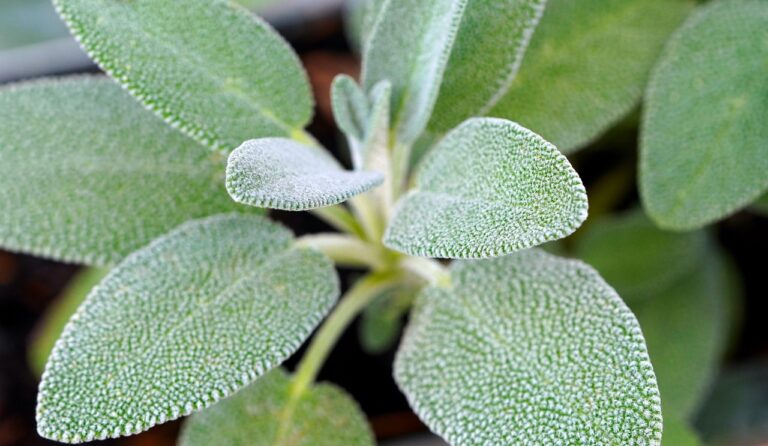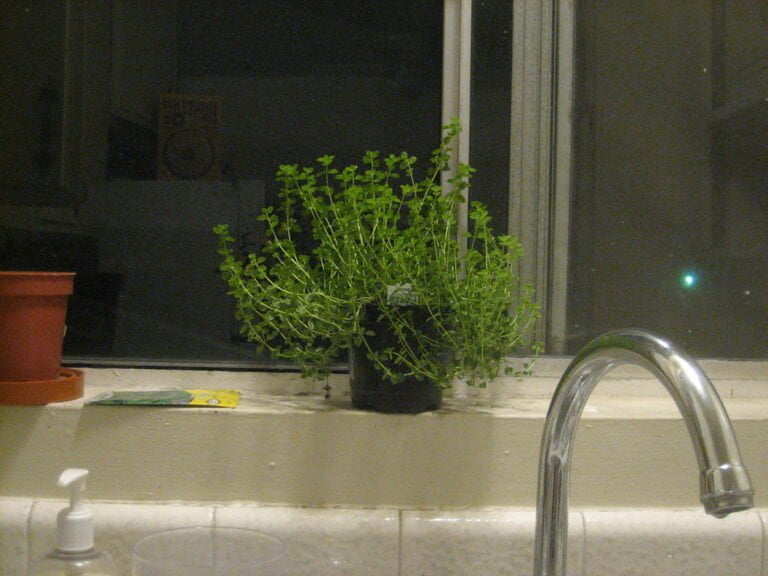Guide to Setting Up an Indoor Herb Garden: Choosing the Right Containers and Lighting
Are you ready to embark on the journey of setting up your very own indoor herb garden? Look no further! This guide will provide you with all the information you need to choose the right containers and lighting for your herbs. From assessing your lighting needs to understanding the importance of drainage, we've got you covered. Let's get started and create a thriving herb garden that will add flavor and freshness to your home cooking.
Container Options for Indoor Herb Gardens
When setting up your indoor herb garden, you have a variety of container options to choose from. While traditional pots are a popular choice, there are also alternative container options that can add a unique touch to your herb garden. One such option is vertical gardening, which allows you to maximize your space by growing herbs vertically. You can use hanging baskets, wall-mounted planters, or even repurpose old items like shoe organizers or pallets. These alternative containers not only save space but also create an interesting visual display. When using vertical gardening techniques, it's important to ensure that your containers have proper drainage and are securely mounted to prevent any accidents. With the right container options, you can create a stunning and functional indoor herb garden that will bring fresh flavors to your dishes.
Assessing Lighting Needs for Indoor Herb Gardens
To ensure optimal growth for your indoor herb garden, you will need to assess the lighting requirements. Evaluating light requirements is crucial for the health and productivity of your herbs. Start by considering the natural light available in your chosen location. Place your herbs near a south-facing window, as it provides the most sunlight throughout the day. If natural light is limited, you can supplement it with artificial lights. LED grow lights are a popular choice as they are energy-efficient and provide the necessary light spectrum for plant growth. When setting up your lighting system, ensure that the lights are positioned close enough to the plants to maximize their benefits. Regularly monitor the light intensity and adjust the height of the lights accordingly. By carefully evaluating light requirements and maximizing natural light, you can create the ideal environment for your indoor herb garden to thrive.
Choosing the Right Size Containers
Assessing the lighting needs for your indoor herb garden will also guide you in choosing the right size containers. The container size is an important factor to consider because it affects the growth and development of your herbs. Larger containers allow for more root space, which promotes healthier plants and better nutrient absorption. On the other hand, smaller containers can restrict root growth and lead to stunted plants. It is recommended to choose containers that are at least 6-8 inches deep to provide enough room for the herb's roots to spread out. Additionally, consider the container material. Plastic, ceramic, or clay pots are commonly used for indoor gardens. Plastic is lightweight and retains moisture well, while ceramic and clay pots provide better drainage. Ultimately, the container size and material should be chosen based on your herb's specific needs to ensure optimal growth and harvest.
Selecting the Best Materials for Containers
To select the best materials for containers in your indoor herb garden, consider the durability and functionality of different options. When it comes to selecting eco-friendly containers, there are several choices available that can help reduce your environmental impact. Look for containers made from recycled materials or those that are biodegradable and compostable. These options not only benefit the environment but also add a natural touch to your garden. Additionally, you can find budget-friendly container options that won't break the bank. Consider using repurposed items such as mason jars, tin cans, or old plant pots. These containers can easily be cleaned and repurposed to create a unique and cost-effective herb garden. By selecting eco-friendly containers and finding budget-friendly options, you can create a sustainable indoor herb garden while staying within your budget.
Understanding the Importance of Drainage in Containers
Proper drainage is crucial for successful container gardening indoors. Understanding the importance of drainage in containers is essential to ensure that your herbs thrive. When you water your herbs, it is important to allow excess water to drain out of the container. Without proper drainage, the roots can become waterlogged, leading to root rot and ultimately, the death of your plants.
To ensure proper watering in containers, it is beneficial to use self-watering containers. These containers have a reservoir at the bottom that holds water, which is then absorbed by the plant as needed. This helps to prevent overwatering and ensures that the roots have access to water without becoming waterlogged. Self-watering containers also help to maintain consistent moisture levels, reducing the risk of under or overwatering.
Exploring Different Types of Lighting for Indoor Herb Gardens
When choosing the right containers and lighting for your indoor herb garden, it's important to consider the different types of lighting available to ensure optimal growth. There are several types of grow lights that you can use to provide the necessary light for your herbs. LED lights are energy-efficient and emit a full spectrum of light, making them a popular choice. They also produce less heat, reducing the risk of burning your plants. Fluorescent lights are another option, with T5 and T8 being the most commonly used. These lights are affordable and easy to find. However, they may not provide the same intensity as LED lights. While artificial lighting is essential for indoor herb gardens, it's also important to take advantage of natural light whenever possible. Placing your herb garden near a sunny window can provide additional benefits, as natural light contains a full spectrum of wavelengths that plants need for photosynthesis.
Evaluating Natural Light Sources for Herb Gardens
Consider utilizing natural light sources in your indoor herb garden to supplement the artificial lighting and provide your plants with the full spectrum of wavelengths they need for optimal growth. When evaluating natural light versus artificial light for your herb garden, it is important to understand how to optimize natural light to ensure the health and vitality of your plants. Start by placing your herb garden near a window that receives direct sunlight for at least six hours a day. South-facing windows are ideal as they provide the most sunlight throughout the day. If your window doesn't receive enough light, you can use reflective surfaces to redirect sunlight towards your plants. Additionally, consider rotating your herbs regularly to ensure even exposure to sunlight. By carefully evaluating and optimizing natural light sources, you can create a thriving indoor herb garden that yields flavorful and aromatic herbs for all your culinary needs.
Comparing Artificial Lighting Options for Herb Gardens
To ensure the health and vitality of your indoor herb garden, it's important to explore the different options for artificial lighting. When comparing artificial lighting options for your herb garden, it's essential to consider two key factors: energy efficiency and cost effectiveness. Assessing the energy efficiency of different lighting options will help you determine the amount of electricity they consume and their impact on your energy bills. LED lights are known for their high energy efficiency, as they use less electricity compared to other options. Additionally, comparing the cost effectiveness of different lighting options will help you determine the long-term expenses associated with each option. While LED lights may have a higher upfront cost, they tend to last longer and require less maintenance, making them a more cost-effective choice in the long run. By considering both energy efficiency and cost effectiveness, you can choose the best artificial lighting option for your indoor herb garden.
Determining the Ideal Light Intensity for Herbs
To ensure the health and vitality of your indoor herb garden, it is important to determine the ideal light intensity for your herbs, taking into account their specific needs and growth requirements. Determining the light duration and understanding the light spectrum are key factors in achieving this. Different herbs have varying light requirements, so it is crucial to research each herb individually. Generally, herbs require around 12-16 hours of light each day. You can achieve this by using artificial lighting sources such as fluorescent or LED lights. Fluorescent lights are a popular choice for herb gardens due to their affordability and ability to provide a wide spectrum of light. LED lights, on the other hand, are energy-efficient and can be customized to emit specific light wavelengths that promote herb growth. By determining the light duration and understanding the light spectrum, you can provide your herbs with the ideal light intensity they need to thrive in your indoor herb garden.
Setting up a Proper Lighting Schedule for Indoor Herb Gardens
To ensure optimal growth and health for your herbs, establishing a proper lighting schedule is essential. When setting up your indoor herb garden, it is important to evaluate different types of grow lights to determine which will work best for your specific herbs. LED lights are energy-efficient and provide the full spectrum of light that plants need for photosynthesis. Fluorescent lights are also a popular choice, as they are affordable and emit a wide range of light. Once you have chosen the right grow lights, you need to determine the optimal light duration. Most herbs need around 12 to 16 hours of light each day. It is best to provide consistent light by using a timer to automate the lighting schedule. This will prevent under or overexposure to light and ensure your herbs receive the right amount of illumination for successful growth.
Frequently Asked Questions
How Often Should I Water My Indoor Herb Garden?
You should water your indoor herb garden regularly to keep the soil moist but not waterlogged. The best watering technique is to water thoroughly and let the excess water drain out.
Can I Use Regular Garden Soil for My Indoor Herb Garden?
You can use regular garden soil for your indoor herb garden, but there are some advantages and disadvantages. It's convenient and cost-effective, but it may not provide the right nutrients and drainage needed for your herbs to thrive.
What Are Some Common Pests That Can Affect Indoor Herb Gardens?
Common pests like aphids, fungus gnats, and spider mites can invade indoor herb gardens. To prevent them, keep your plants clean, use organic insecticides, and maintain proper humidity levels.
Do I Need to Fertilize My Herbs in an Indoor Herb Garden?
You should definitely fertilize your herbs in an indoor herb garden. There are different fertilizer types available, including organic alternatives. This will ensure that your herbs get the nutrients they need to grow healthy and strong.
How Long Does It Usually Take for Herbs to Grow and Be Ready for Harvest in an Indoor Herb Garden?
Indoor herb gardens offer a quick and convenient way to grow your own herbs. The herb growth timeline varies, but most herbs can be ready for harvest in 4-6 weeks. Some of the best herbs for indoor gardening include basil, parsley, and chives.
Conclusion
In conclusion, setting up an indoor herb garden requires careful consideration of container options and lighting needs. It is important to choose the right size containers and materials that provide proper drainage. Evaluating natural light sources and comparing artificial lighting options will help determine the ideal light intensity for your herbs. Finally, setting up a proper lighting schedule will ensure the success of your indoor herb garden. With these tips, you can enjoy fresh herbs all year round.

